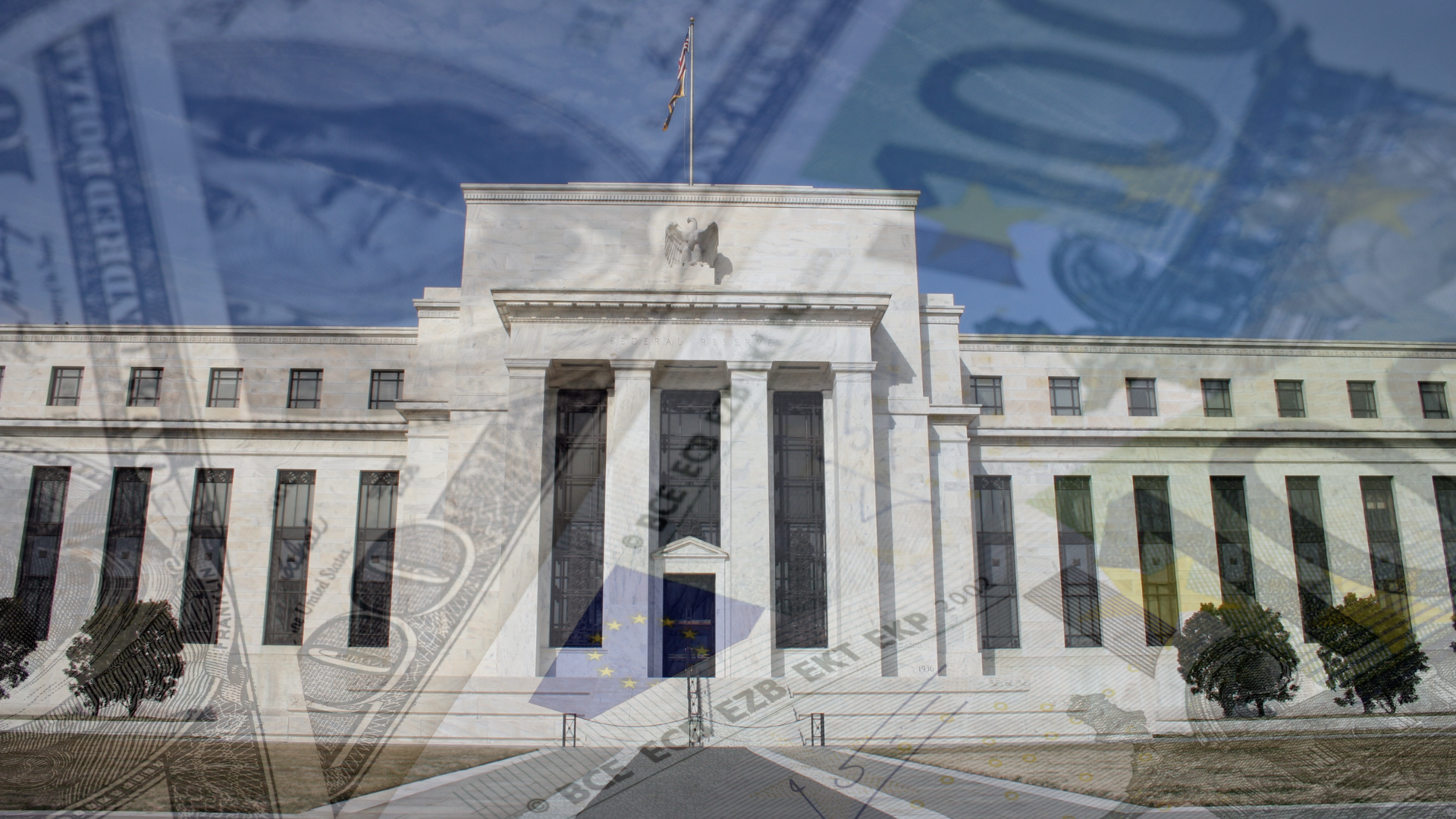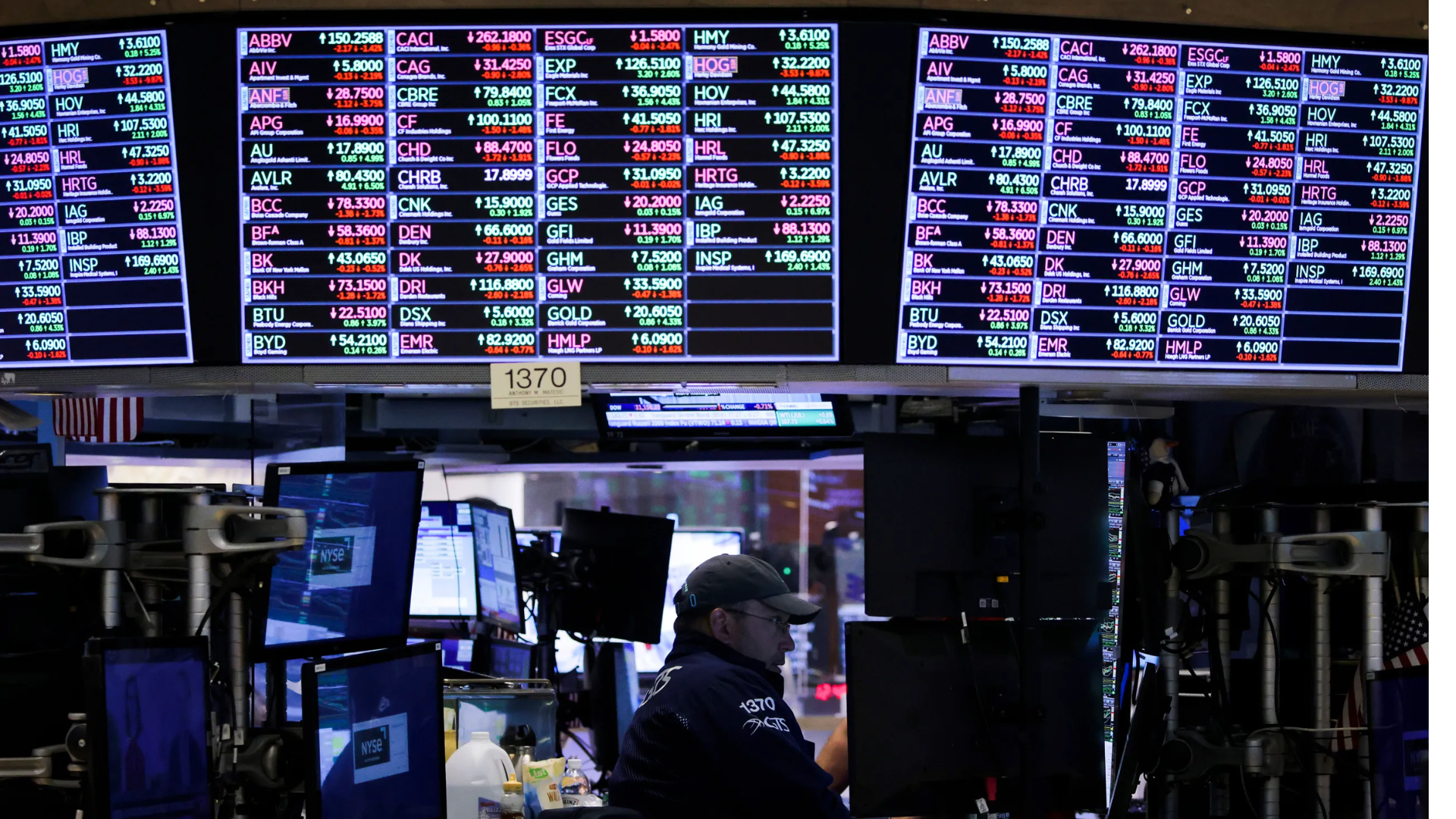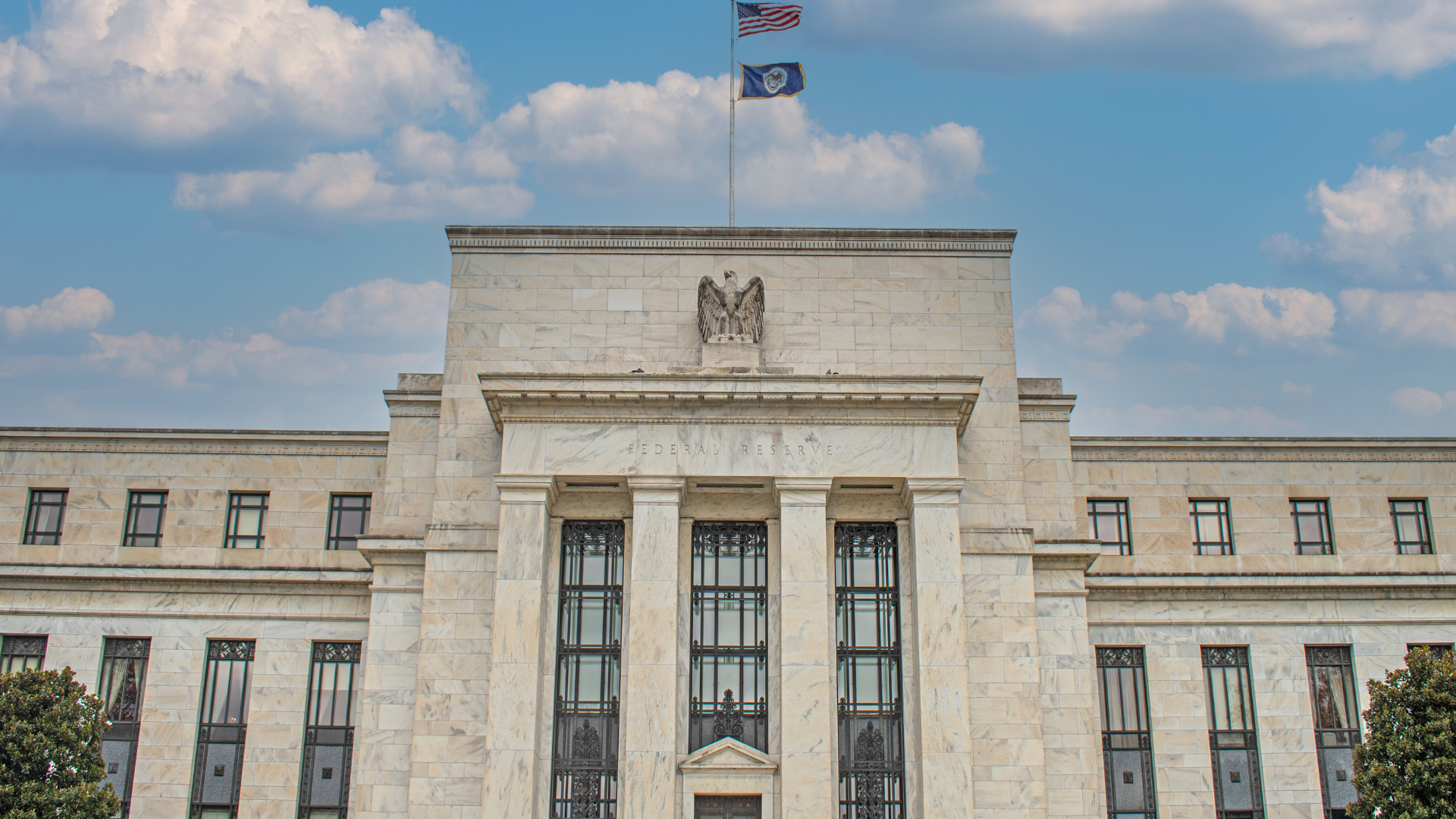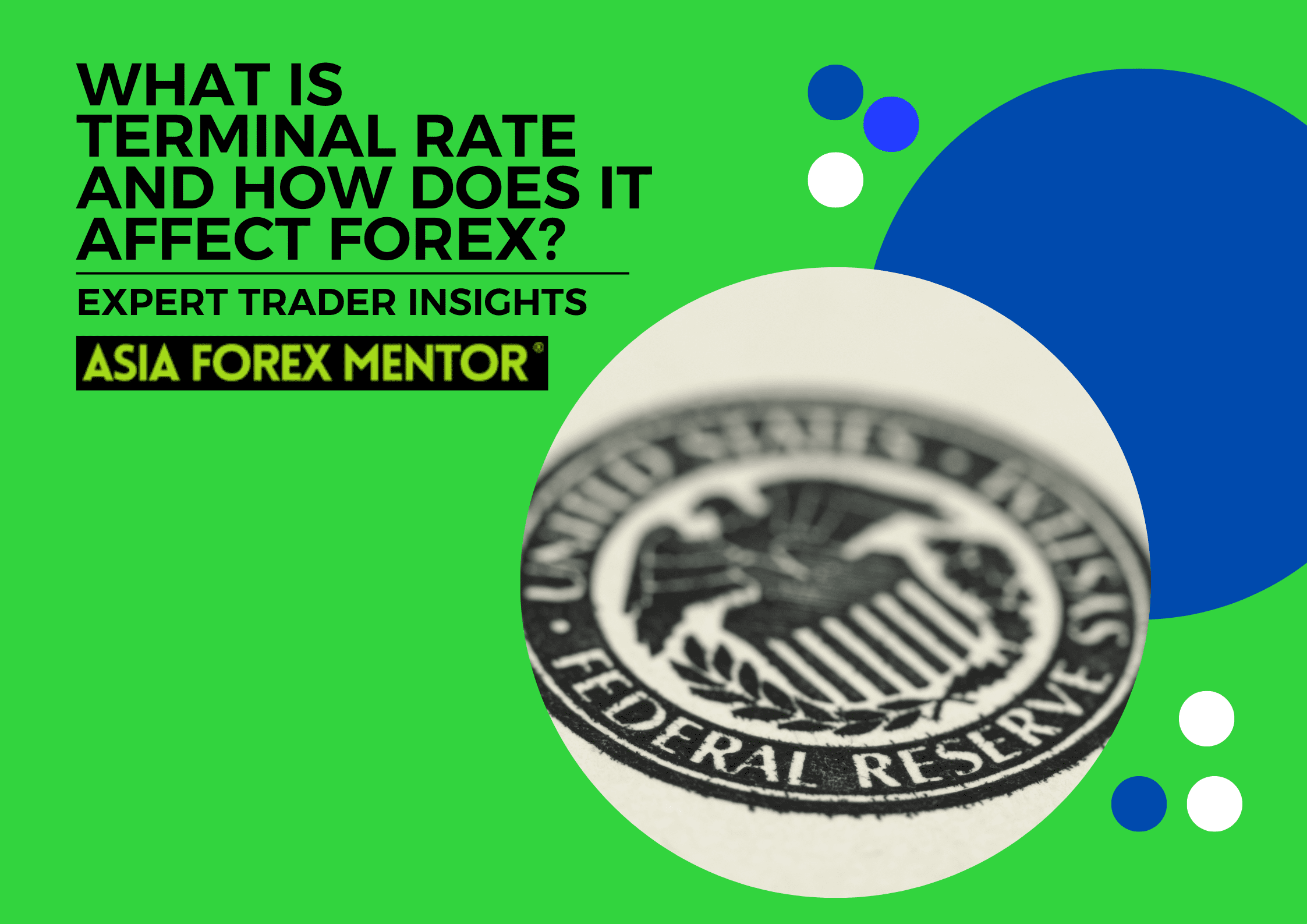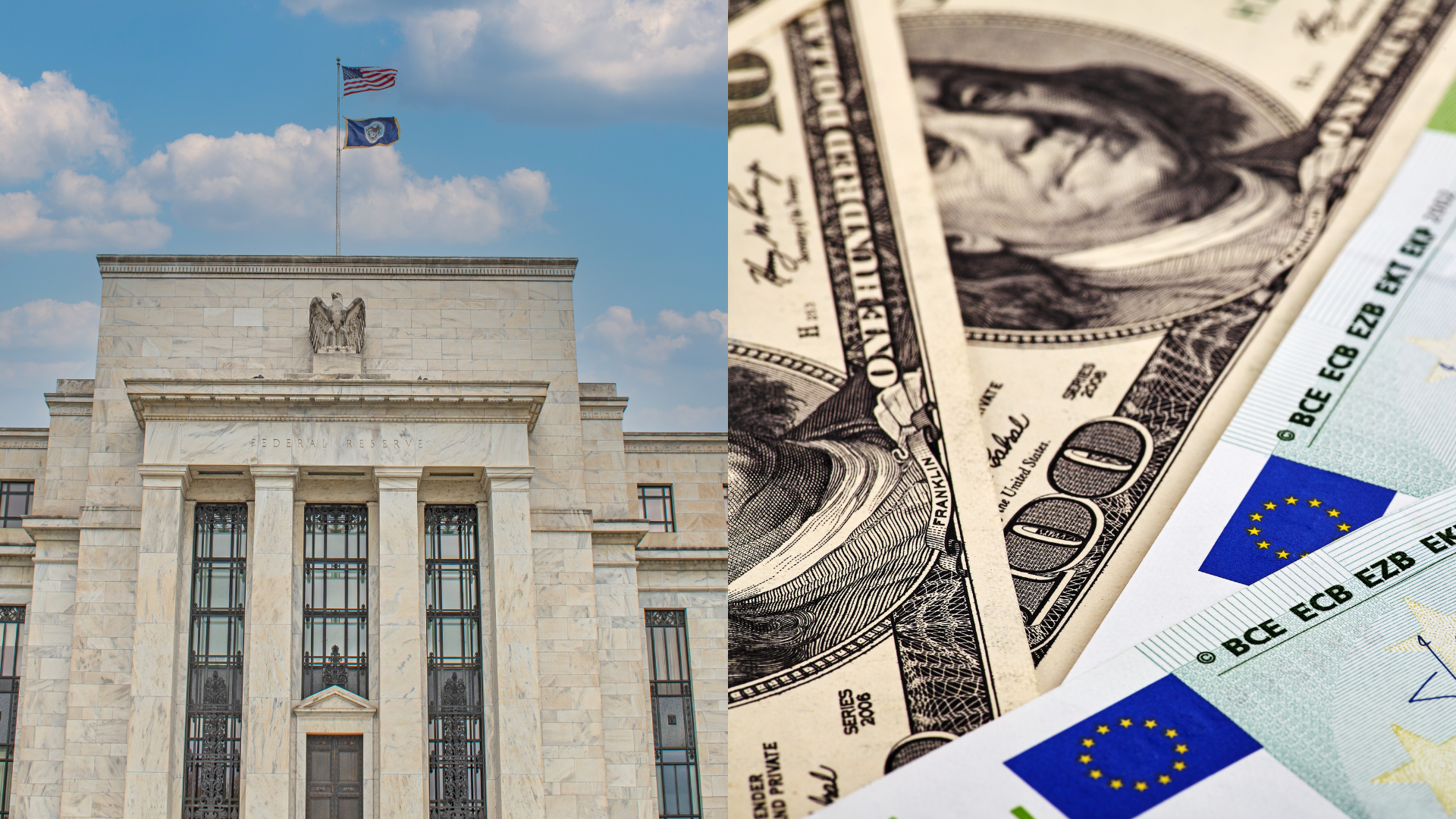
The EUR/USD pair held firm near the 1.1150 level on Thursday, driven primarily by a broad-market selloff in the US Dollar. While the euro itself hasn’t seen any significant bullish drivers, the pair’s resilience is largely due to the ongoing weakness in the Greenback, which continues to struggle after the Federal Reserve’s aggressive rate cuts earlier this week.
On the European front, economic data has been relatively quiet, leaving traders with little to focus on. The key event for the euro this week will be European Central Bank (ECB) President Christine Lagarde’s speech on Friday, though it’s expected during US trading hours, limiting its immediate impact on the pair.
In contrast, the US has provided more robust data this week. The latest Initial Jobless Claims dropped to 219K, lower than both the revised 231K from the prior week and the forecast of 230K. Additionally, the Philadelphia Fed Manufacturing Survey for September surprised markets, improving to 1.7 from August’s -7.0, and easily beating the expected -1.0. This strong performance in the manufacturing sector reflects a more positive outlook for the US economy.
Despite these optimistic data points, the Fed’s recent 50 basis points (bps) rate cut continues to dominate market sentiment. Fed Chair Jerome Powell described the move not as a reaction to economic distress but as a strategic “recalibration” to support the US labor market. However, the cut has led investors to reduce their exposure to the US Dollar, pushing them toward higher-yielding assets, including the euro.
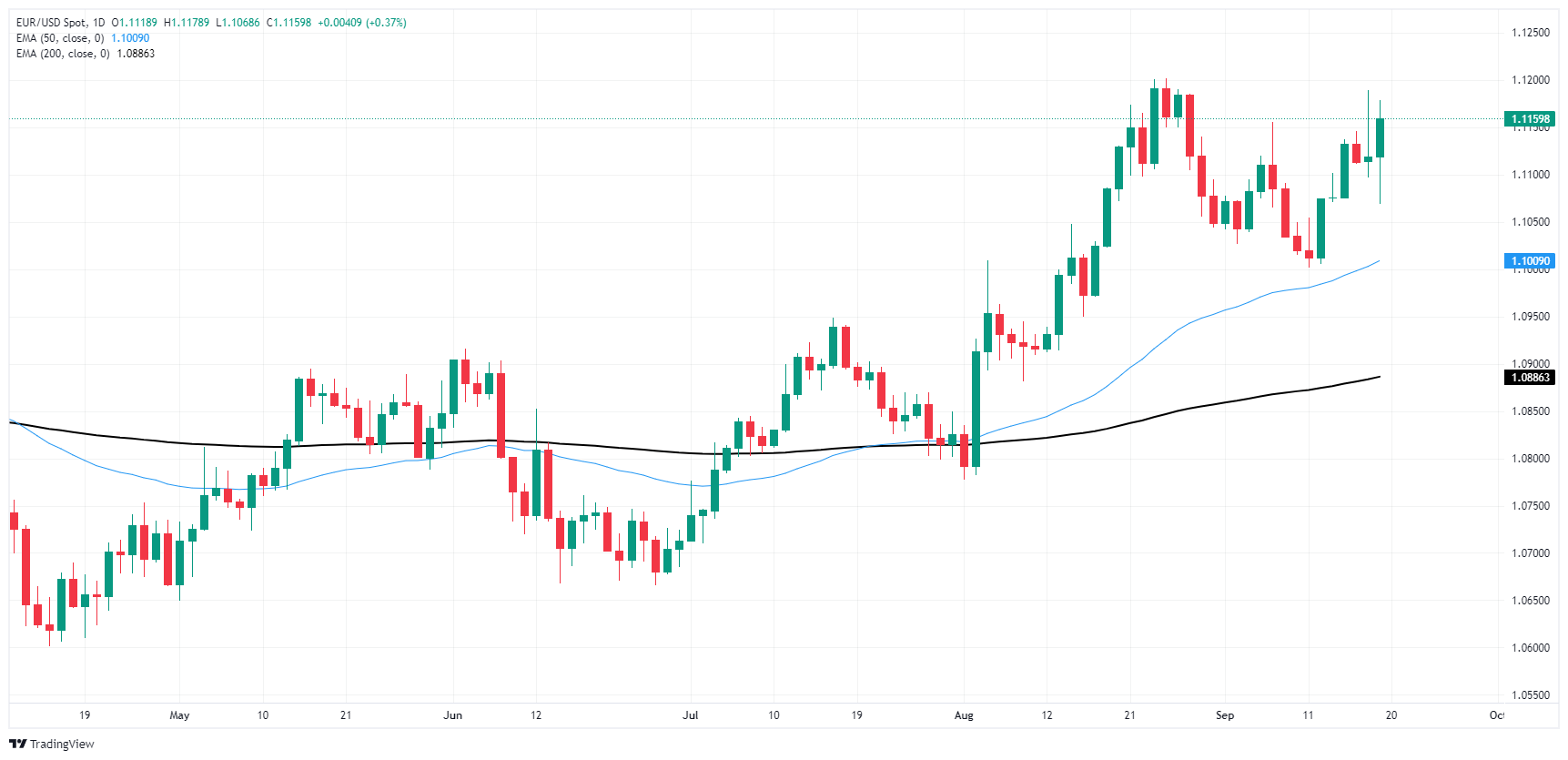
While the EUR/USD has benefited from the Fed’s rate cuts, the pair remains largely range-bound, hovering above 1.1100. The post-Fed rally has supported the euro, but sustained momentum remains elusive. Traders are cautiously eyeing the next move, with some expecting the pair to test the 50-day Exponential Moving Average (EMA) near 1.1000 if the current trend weakens. Nonetheless, the euro continues to trade near the higher end of its recent range, with downward pressure likely to face resistance in the near term.
With the Fed’s policy divergence from other central banks in focus, the USD/JPY and broader US Dollar movements will be critical in determining the next leg for EUR/USD. For now, the pair remains steady, but traders should remain vigilant for any shifts in sentiment or unexpected data releases that could push the pair out of its current range.



